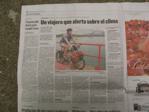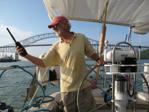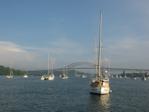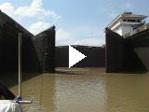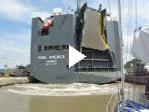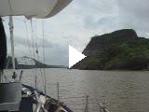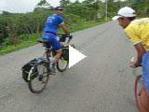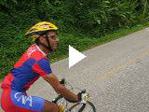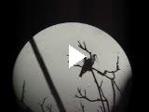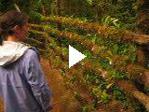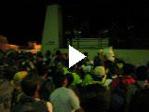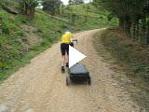I spent a week in Panama City, where I stayed with a friend of a friend, visited three schools (Balboa Academy, Academia Interamericana, and Instituto Atenea), and somehow found myself on the front page of the national newspaper (see article online).
Panama City sits next to the Pacific opening of the Panama Canal, a 50 mile waterway that connects the Pacific to the Atlantic. A large portion of global trade travels this canal, and many of the goods you have, especially if you live on the east coast of the U.S., were likely shipped through this canal. The canal, built by the United States in the first decade of the 1900s (history of the canal), consists of a number of tubs, called locks, that raise and lower boats to a large reservoir in the center of the country (see a map of the canal).
Small sailing boats are required to have four line handlers to help with the transit. Yacht owners can hire professional Panamanians for $50, or they can take me for free.
After some time at the marina, I found a sailor interested in my line handling services – Ray on a sailboat named Velera. As the small boat was raised or lowered in the lock, it was my job to adjust lines to keep the boat centered in the lock and not banging into the walls. This is harder than it sounds.
I may never again be so close to so many huge moving ships. I have created an album of photos from this transit, and even have a few movies of the locks – the devices that raise and lower the boats – in action. Thanks again to Ray, for letting me on his boat for this transit.
We arrived in the Atlantic side of the canal, where I was dropped off at the local marina. As there are no roads between Panama and Colombia, I instantly began looking for boats to take me to Colombia.





